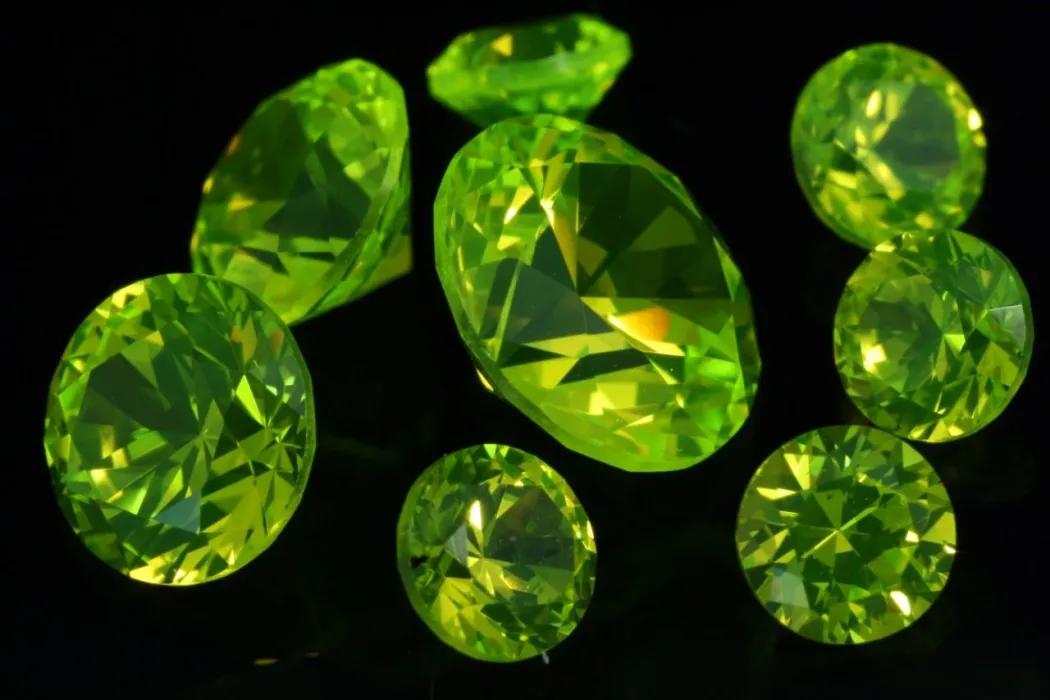Among four award-winning projects of the prizes of the Technology Agency of the Czech Republic, there were two projects that included teams from the Institute of Physics of the Czech Academy of Sciences (CAS).
The team led by Assoc. Prof. Martin Nikl received the award in the category “Original solution“ for the project “New Single Crystal Materials Prepared with EFG Technology and Their Hi-tech Applications“ in which the Institute of Physics participated together with companies CRYTUR and Preciosa Beauty. The team led by Assoc. Prof. Irena Kratochvílová received the award in the category “Solution for the life quality” for the project “Synthetic multi-epitope vaccine against Lyme disease for veterinary applications". This project was led by the Institute of Veterinary Medicine CAS and the company Bioveta, and further participants were Palacký University in Olomouc and Institute of Organic Chemistry and Biochemistry CAS.
The team of Assoc. Prof. Nikl was awarded for participation at R&D and an introduction into the manufacturing process of new single crystal materials based on aluminium oxide and yttrium-aluminium oxide. Materials were prepared by the Edge-film-growth (EFG) method and their exploitation is mainly focused on high-tech applications in electronic, optical, optoelectronic, machinery and jewellery industry. Completely new world-class products have been developed, such as an active jewellery stone transforming the radiation from near ultraviolet to visible spectral region. As a result, this kind of jewellery then actively shines.
Another important output of the project is represented by the single-crystal phosphor for high power all-solid state light sources based on light emitting diode (LED). A principle of such a light source is shown in Fig. 2, the upper panel, a prototype sample is shown in Fig. 2, the bottom panel. Such powerful light sources will be used, for example in the main car headlights. Colour temperature of white light can be tuned by the chemical composition of the luminophore.
Among other products developed in R&D activities of the project, we can mention new shapes of radiation detectors, single-crystal optical fibre, new single-crystal scintillator and phosphor materials, effective flashlamps for laser pumping, single-crystal components for devices and large area scintillators. These products will substantially contribute to extended innovations in the program of CRYTUR firm in the near future. In total, more than 60 countable outputs of the project were reported in several eligible categories of the Alfa program of Technological Agency of CR.
In the frame of this project the team of Assoc. Prof. Nikl developed, among others, a new material concept of ternary sulfide phosphors. They show unique properties due to the ability to spectrally tune the released luminescence in a broad spectral range by modifying the chemical composition of the host, see Fig .3. We plan to further test these phosphors in the construction of circadian light source the colour temperature of which will automatically follow the day cycle and human biorhythm. Such smart lighting is one of the most current illumination trends.



